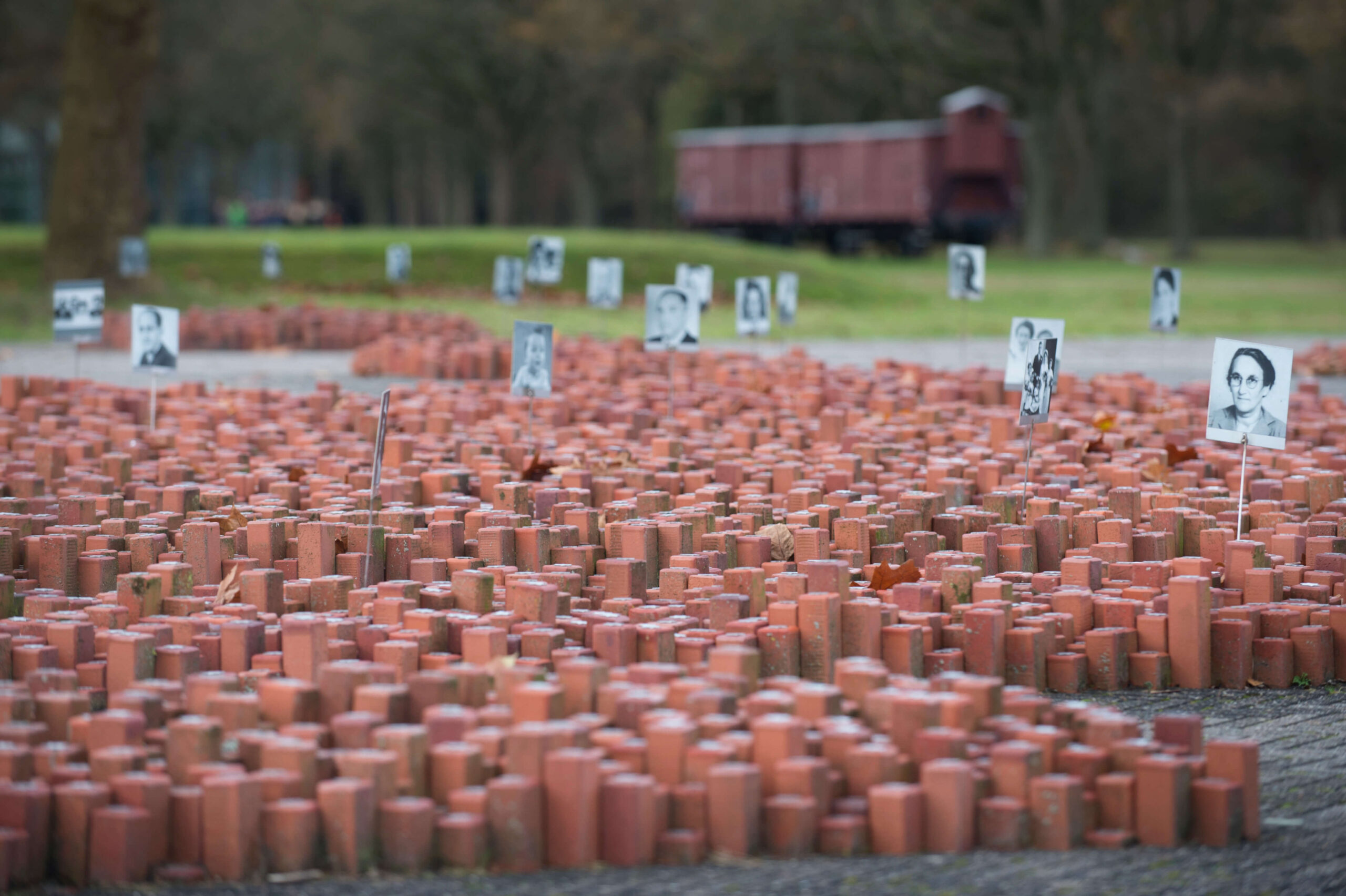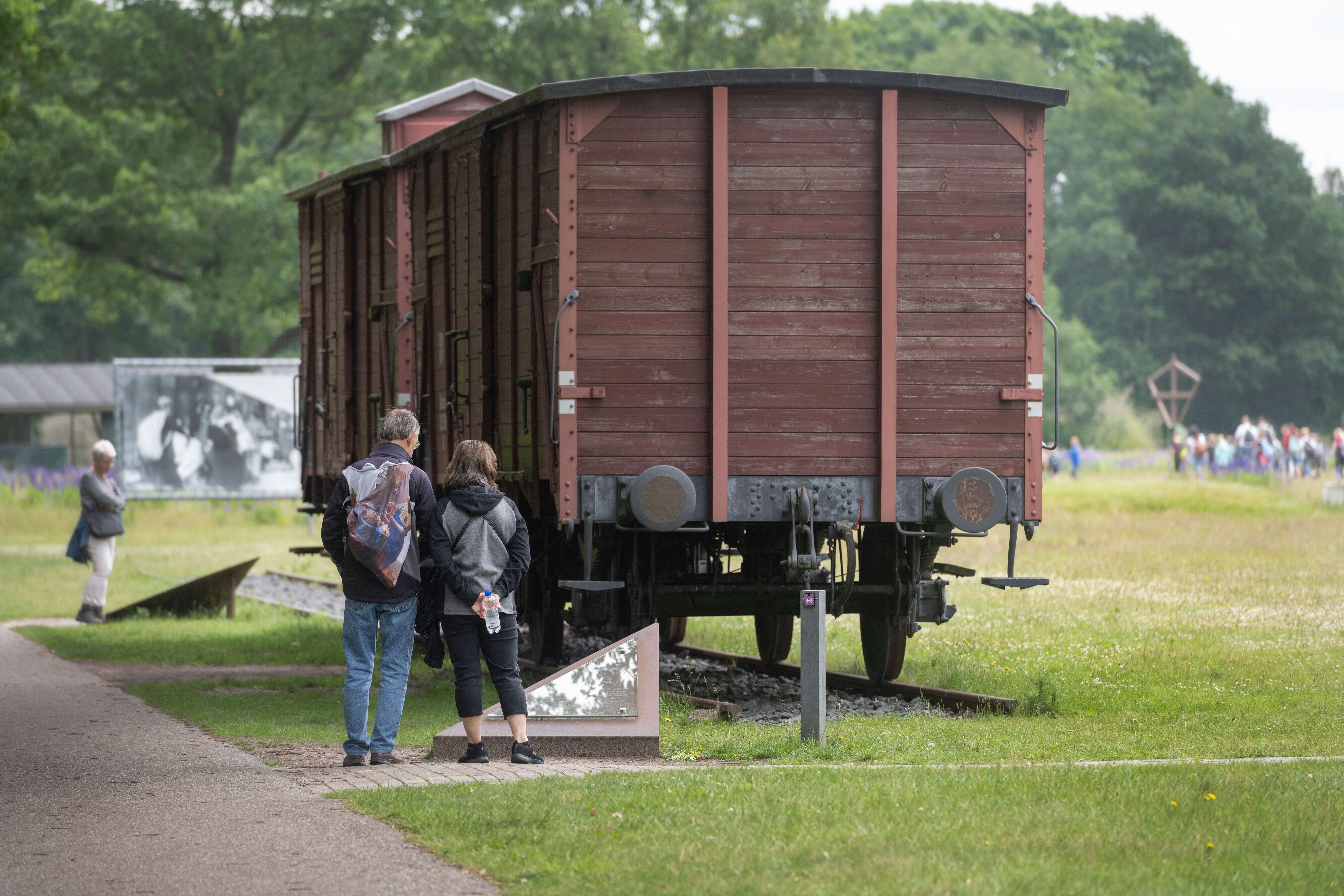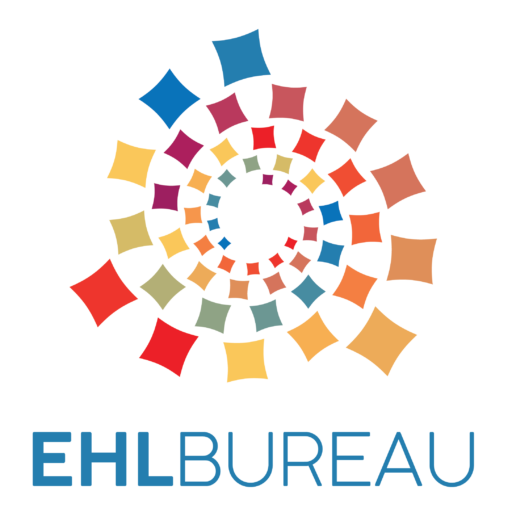This website uses cookies so that we can provide you with the best user experience possible. Cookie information is stored in your browser and performs functions such as recognising you when you return to our website and helping our team to understand which sections of the website you find most interesting and useful.
Camp Westerbork



The EHL Site
The Camp Westerbork Memorial Center was opened in 1983, at the former Westerbork camp. Camp Westerbork was founded in 1939 as a refugee camp for Jews who had fled Nazi Germany. In 1942 the camp was taken over by the Nazis and Camp Westerbork became the Nazi transit camp for Jews from the Netherlands to the extermination camps. After the liberation in 1945, the camp was first used for three years as an internment camp for collaborators. It subsequently became a training location for Dutch soldiers who were sent to Indonesia to fight in the colonial war. It then became a temporary shelter for Dutch people repatriated from Indonesia and subsequently became Woonoord Schattenberg for former Moluccan soldiers of the Royal Dutch East Indies Army and their families for twenty years.
The camp was demolished in 1971. The current museum recalls the different histories of Camp Westerbork and consists of a museum and the historic site.
European dimension
Camp Westerbork – Woonoord Schattenberg has a layered history. The various narratives (refugee problems of the 1930s, the Second World War, Holocaust, persecution of Sinti and Roma, collaboration, and decolonization) are all connected to European history and are part of it.
The post-war awareness of the need to protect the rule of law, democracy, the need to protect human rights and educate young people to become conscious European citizens are part of the way in which the Camp Westerbork Memorial Center links its history to the past.
The organization
Camp Westerbork is a place of memory, education and reflection. The history and personal stories of Westerbork camp are shared with the widest possible audience. We do this by talking to stakeholders whose personal history is connected to Westerbork*. All our initiatives and activities arise from a connection with the historic site. From this place we tell the layered history of Westerbork camp in relation to present times, with an emphasis on the story of the Holocaust.
Camp Westerbork is unique: it is the place in the Netherlands from where more than 100,000 Jews, Sinti and Roma were deported to the extermination camps.
From its historic location, Camp Westerbork contextualizes the largest genocide in Western history to the present, with permanent and temporary exhibitions, a knowledge center, meetings, educational activities, cultural activities and presentations of personal stories. The history of the Holocaust in the Netherlands and its international context are central to everything that Camp Westerbork organizes.
* Concerns prisoners/residents of the refugee camp, transit camp, internment camp and Schattenberg, four otf the functions that Westerbork had in the period 1939-1971.
